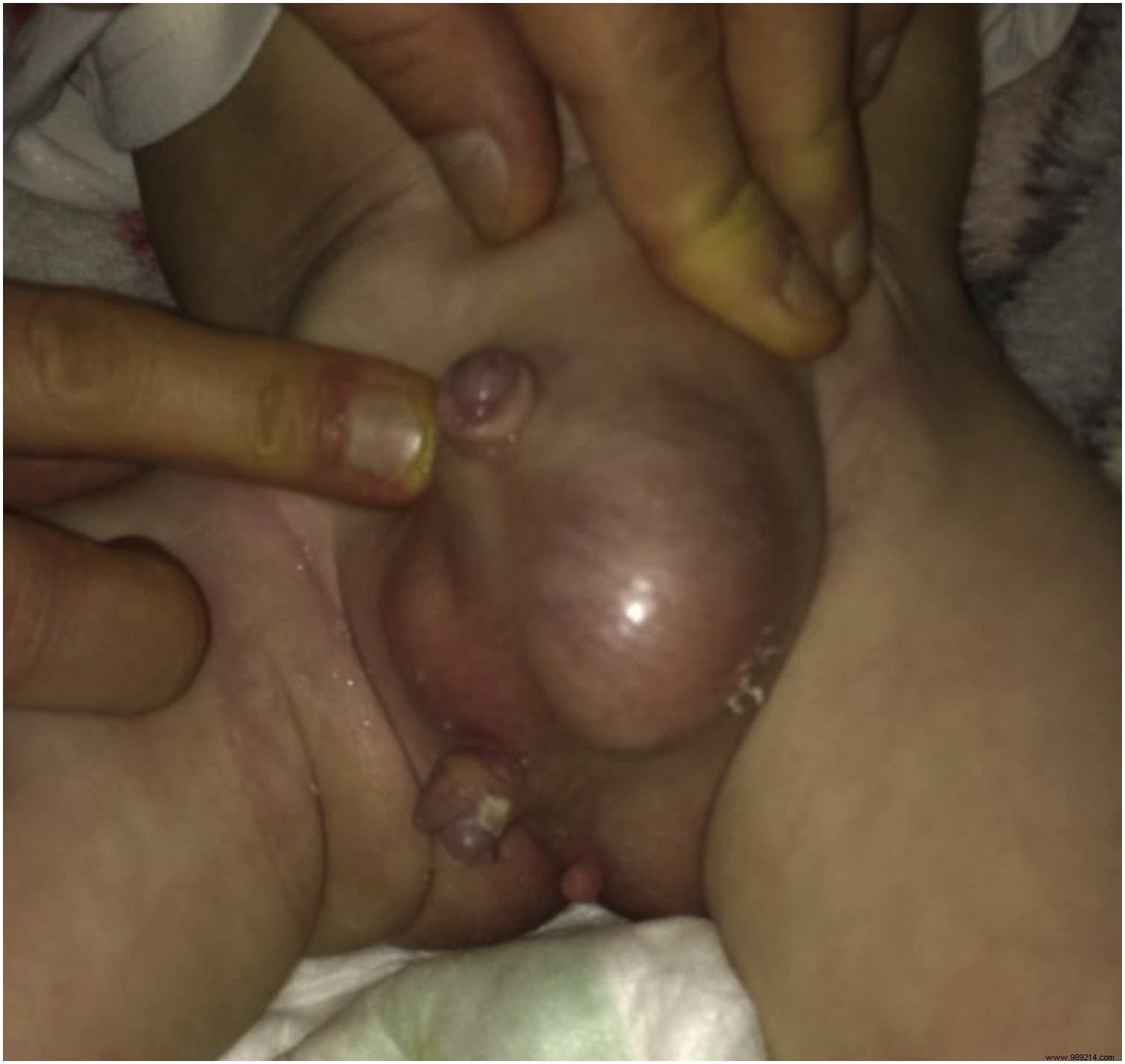According to a new case report released a few days ago, a baby was born with three penises in Iraq last year. This is a world first. The child has since been successfully operated on.
Diphallia (or diphallia) is a very rare congenital urogenital anomaly characterized by total or partial duplication of the penis. While developing an extra phallus is not dangerous in itself, diphallia can be associated with other congenital problems that require special attention, including problems with the digestive system and urinary tract.
Since a first case report reported in 1609 by a man named Wecker, only a hundred cases have been reported in the scientific literature. In fact, there would be a few more. Doctors estimate that this rare malformation affects about one in five million births .
All these abnormalities, on the other hand, had only resulted in a single duplication of the genitalia of the children concerned. In other words, all of them had developed two penises.
This new report, published in the International Journal of Surgery Case Reports, is even more remarkable in that this child has developed not two, but three penises . No case of this kind (triphallia) had been reported to date.
It all started when I was three months old. At the time, the parents noticed swelling in their child's scrotum next to strange protrusions that looked like little pimples in the perineum.
At the hospital, an examination then revealed a hydrocele (an accumulation of fluid in a "pocket" surrounding the testicle), as well as two additional penises. The first was two centimeters long, extended from the root of the original penis, and had a glans. The second measured one centimeter and was placed below the scrotum. Both had cavernous, spongy bodies with no urethra inside.

After consulting various health experts, the child eventually underwent an operation to drain the hydrocele. The two extra penises were also excised. The surgery was a success and the child suffered no adverse effects after a year of follow-up.
Note that diphallia (or triphallia) occurs during the embryonic development of the penis between the 3rd and 6th week of gestation or may occur during the process of ventral migration and fusion of the paired mesodermal anlagen at 15th week of gestation according to the authors.
Most specialists believe that three main factors can explain these abnormalities (sometimes associated):the taking of drugs/endocrine disruptors during pregnancy, infections and disturbed homeothic genes.